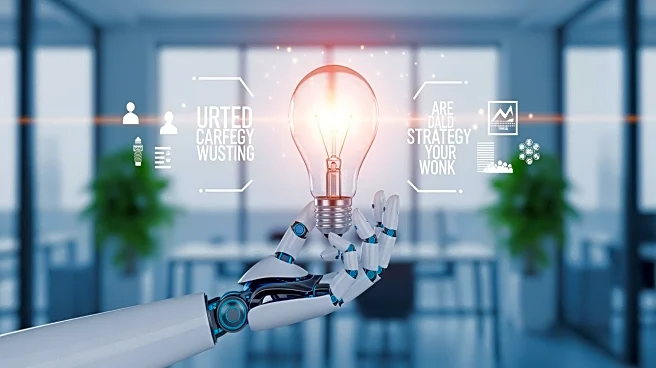What's Happening?
The HR Digest highlights a shift towards skill-based talent architecture as a strategic framework for workforce development. This approach focuses on organizing and developing employees based on their skills rather than traditional job titles. Companies
are increasingly adopting this model to enhance agility and adaptability in response to rapid technological changes, such as AI and digital transformation. The framework allows businesses to better match projects with the right talent and plan for future skill gaps, creating a more dynamic and future-ready workforce.
Why It's Important?
The transition to a skill-based talent architecture is significant as it addresses the need for continuous reskilling in the face of automation and technological advancements. This model empowers organizations to remain competitive by quickly adapting to market changes and technological innovations. It also supports employee engagement and retention by providing clear pathways for skill development and career progression. As more companies adopt this approach, it could lead to a broader transformation in how talent is managed and developed across industries.
What's Next?
Organizations implementing skill-based talent architecture will likely focus on integrating advanced learning platforms and AI-driven HR technologies to support continuous learning and skill development. Companies may conduct skill audits to map current capabilities and identify gaps, aligning them with organizational goals. This shift could also influence HR practices, such as recruitment and performance management, to prioritize skills over tenure. As the model gains traction, it may lead to industry-wide changes in workforce management and development strategies.













